1. Max Headroom
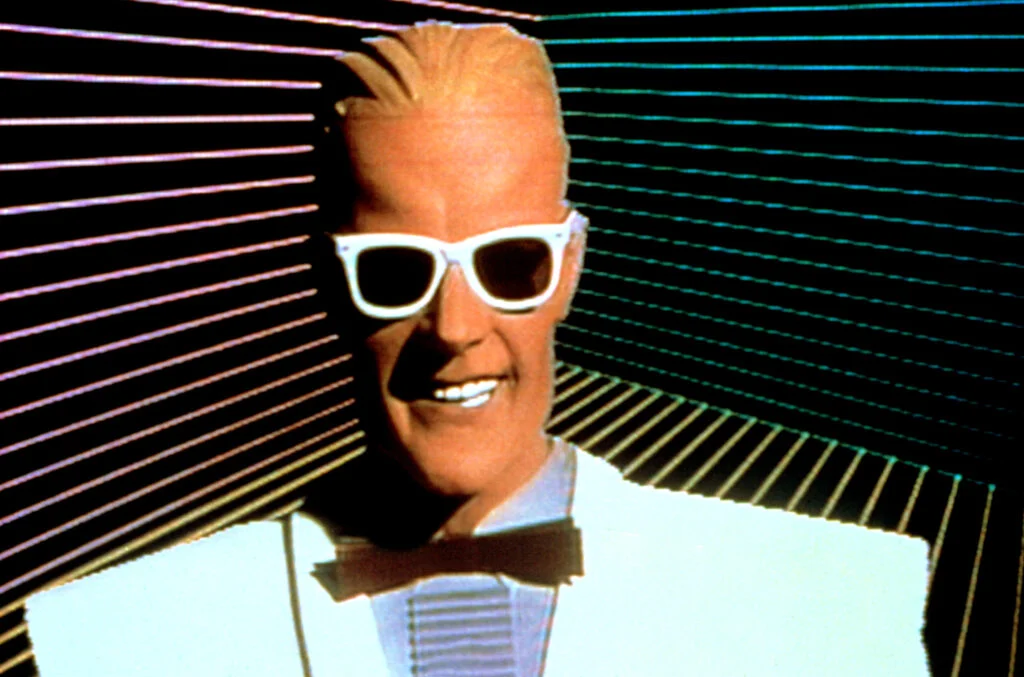
If you ever watched Max Headroom, you were introduced to a world of cyber-punk and satirical social commentary, long before it became mainstream. The show, which aired in 1987, was set in a dystopian future where television, corporate control, and media manipulation were omnipresent. The character of Max, a computer-generated talking head, provided a sharp critique of the way media shaped public opinion. While the visuals and style were influenced by the early days of computer graphics, the show’s dark humor and eerily accurate portrayal of corporate greed were decades ahead of their time.
The show blended absurdity and chilling accuracy, predicting a future where corporations held vast power and reality TV began to replace traditional news. It didn’t exactly hit the mark with mainstream audiences at the time, but its ability to predict the way media would evolve was impressive. Today, it feels like an eerie reminder of where we are now with the rise of social media influencers and the increasing dominance of the entertainment industry over public life.
2. The Equalizer
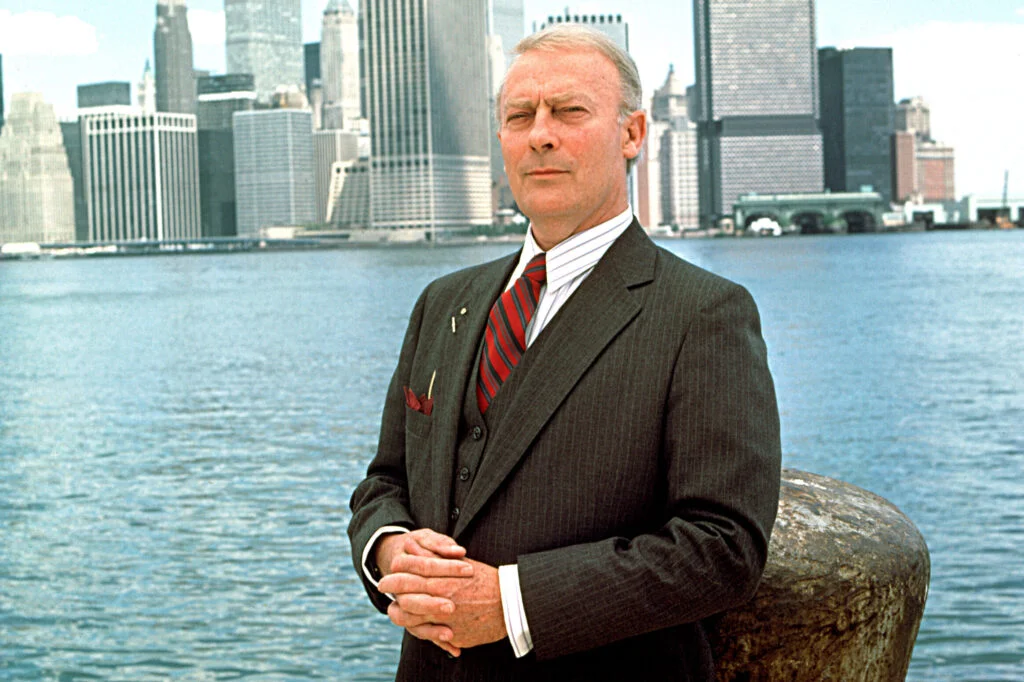
When The Equalizer debuted in 1985, it wasn’t just a crime drama; it was a bold statement about justice, power, and redemption. Edward Woodward played Robert McCall, a former spy who helps people in need, particularly those who cannot fight for themselves. What made the show stand out was its refusal to stick to traditional cop show formulas. McCall’s moral compass was complex, and his methods weren’t always conventional, often making him a vigilante figure.
The series explored themes of social justice, abuse of power, and helping the helpless, which were more relevant in the ’80s than we realized at the time. Its portrayal of a man choosing to do the right thing, no matter the cost, spoke volumes in an era where black-and-white depictions of good versus evil were the norm. The show’s dedication to exploring deeper, more complex characters made it far ahead of its peers.
3. Twin Peaks
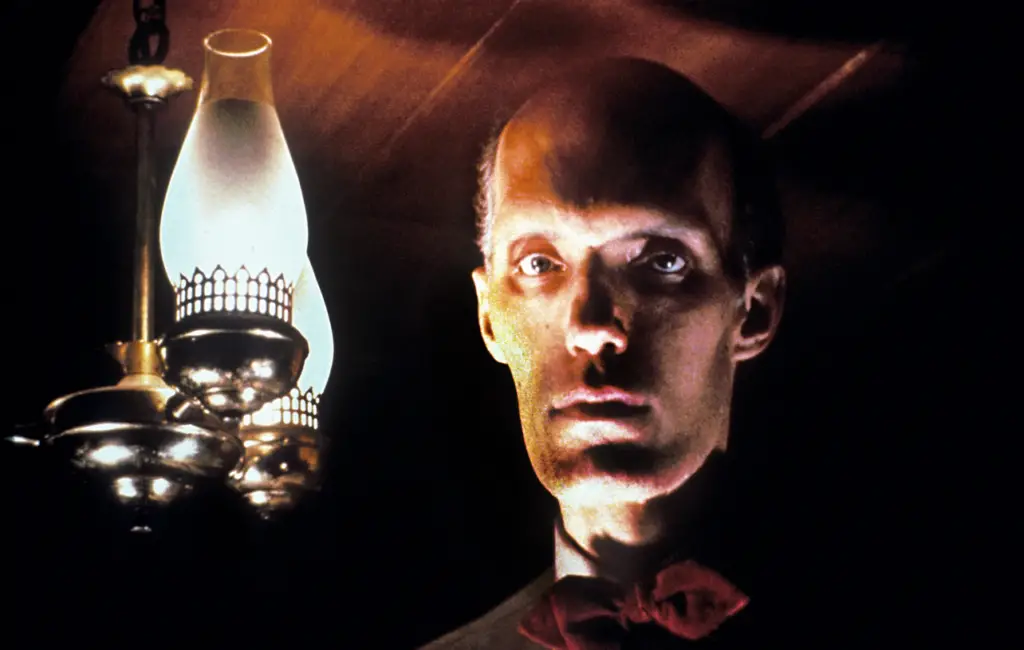
Twin Peaks arrived in 1990, but it was born from the visionary mind of David Lynch and his co-creator Mark Frost, long before it became a cult classic. The show was a strange hybrid of soap opera, detective story, and surrealism, and it had viewers questioning what was real. The murder mystery at its core—Who killed Laura Palmer?—quickly unraveled into something much darker and more symbolic, playing with themes of small-town life, the supernatural, and hidden secrets.
With its bizarre dream sequences, unconventional characters, and sharp shifts between the mundane and the disturbing, Twin Peaks was light-years ahead of the typical television fare at the time. It brought a new level of complexity to the TV landscape, blending genres in a way that wasn’t fully appreciated until later. The show’s impact is still felt today in series like The X-Files and Stranger Things.
4. The Wonder Years

The Wonder Years aired from 1988 to 1993, and in many ways, it captured the heart of growing up in suburban America like no other show. Narrated by an adult Kevin Arnold (voiced by Daniel Stern), the series took us through his formative years in the late ’60s and early ’70s, blending nostalgia, family drama, and coming-of-age moments in a poignant way. The show was one of the first to mix humor with serious themes like family dynamics, love, loss, and friendship.
At the time, most sitcoms were focused on slapstick humor or zany situations, but The Wonder Years stood apart by offering deep emotional resonance and an honest portrayal of adolescence. It didn’t shy away from difficult subjects like the Vietnam War, social changes, or the struggles of growing up in a time of great cultural shifts. By focusing on the universal nature of youth, The Wonder Years was able to speak to audiences across generations, making it a timeless classic.
5. ALF
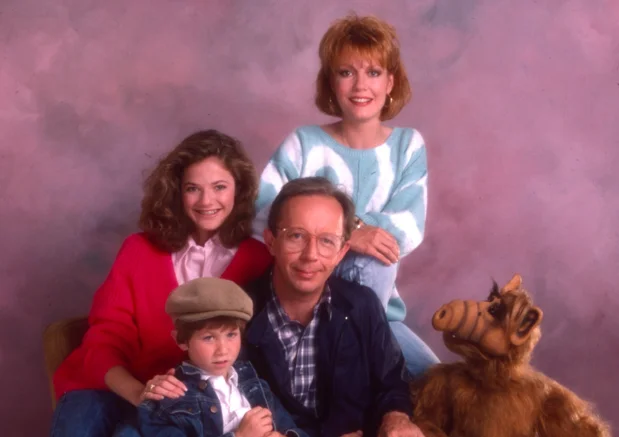
On the surface, ALF may have seemed like just another sitcom about a lovable alien living with a suburban family. However, what made it so ahead of its time was its exploration of deeper themes like immigration, cultural assimilation, and family dynamics. The titular character, ALF (an alien named Gordon Shumway), comes from a distant planet and is forced to live with a human family after crash-landing on Earth. While the humor was often lighthearted, the show addressed the challenges of being an outsider in a new world.
ALF’s journey of trying to fit in, despite his odd appearance and alien habits, mirrored many immigrant experiences, offering a unique perspective that was far ahead of the traditional family sitcoms of the time. Its satirical take on suburban life and the importance of acceptance made it far more than just a goofy alien comedy. Looking back, ALF was a smart commentary on the blending of cultures long before it became a focal point in more recent TV shows.
6. Moonlighting
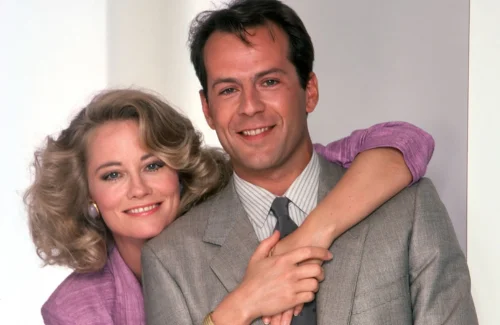
When Moonlighting premiered in 1985, it immediately became clear that this wasn’t just another detective show. The chemistry between Cybill Shepherd and Bruce Willis was electric, and their back-and-forth banter set the stage for a new kind of relationship dynamic on TV. What set Moonlighting apart, though, was its genre-blending, witty dialogue, and frequent breaking of the fourth wall. The show often toyed with the boundaries of reality and fiction, playing with narrative structures and visual styles that were highly innovative for its time.
It also brought a level of sophistication to the genre, where humor and romance mixed with intense mystery plots. The show didn’t just focus on solving crimes; it created a witty, self-aware world where characters constantly questioned their circumstances. This meta-humor and cleverness made Moonlighting a trendsetter for future TV shows that would combine comedy, drama, and a dose of cheeky commentary.
7. Pee-wee’s Playhouse
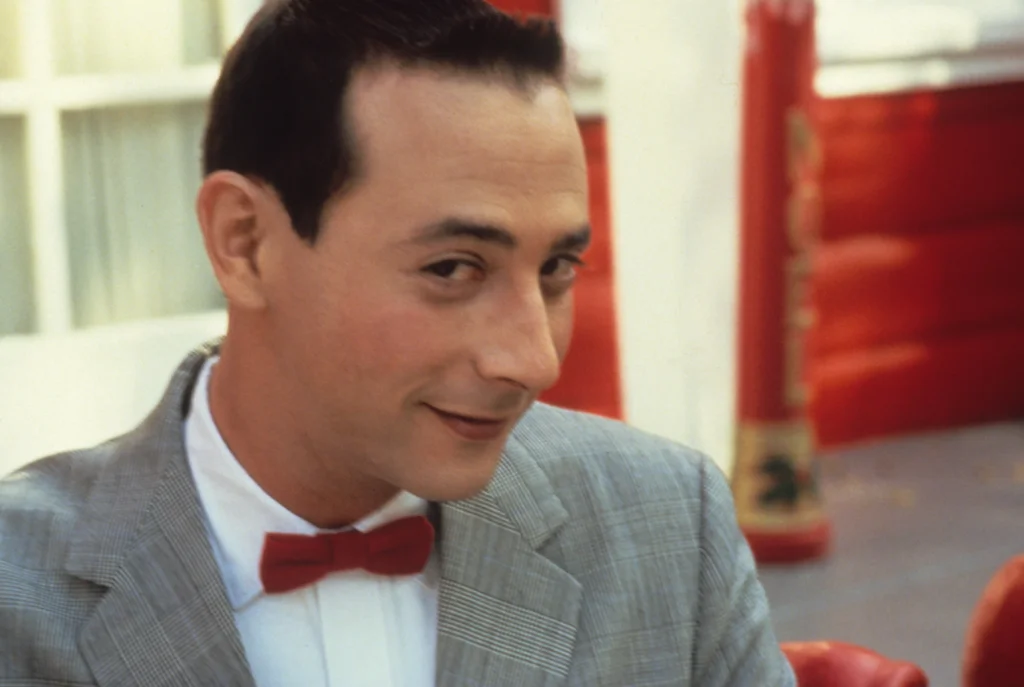
While many may recall Pee-wee’s Playhouse as a quirky children’s show, it was so much more than that. Created by Paul Reubens, it was a colorful, surreal exploration of imagination, with a strong sense of absurdist humor that felt revolutionary. The set was an explosion of eccentricities, and the characters were as unpredictable as Pee-wee himself. What was truly groundbreaking, however, was its use of unconventional storytelling and mixed media, as well as its adult-friendly humor that went over kids’ heads but still worked within the context of the show.
Pee-wee’s Playhouse didn’t just entertain; it pushed the boundaries of what children’s television could be. The show’s use of pop culture references, zany characters, and a playful approach to education was something that had never been done before. It was a groundbreaking show that taught kids to embrace their weirdness, which was a revolutionary concept at the time.
8. St. Elsewhere
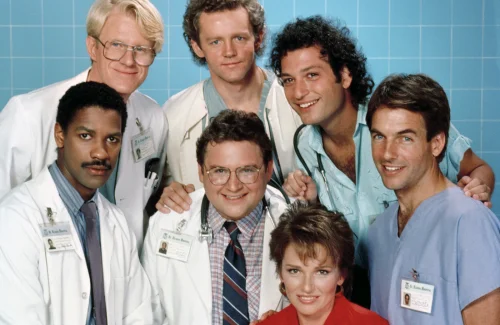
Unlike most medical dramas, St. Elsewhere (1982-1988) didn’t just focus on the standard hospital procedures and medical emergencies. Instead, it took a darker, more realistic approach, delving into the lives of doctors and patients with a sharp eye for the complications of both. The show tackled issues like mental health, addiction, and ethics in ways that other programs would not for many more years. It wasn’t afraid to portray the flaws and imperfections of its characters, showing doctors who were deeply troubled and unsure about their work.
This gritty realism, combined with its offbeat humor, made St. Elsewhere stand out as a medical drama that wasn’t afraid to be uncomfortable. Its exploration of human vulnerability in a high-stakes setting made it a precursor to shows like The West Wing and Grey’s Anatomy, which would go on to become more mainstream. It changed the way people viewed medical shows, introducing a level of nuance and complexity that was ahead of its time.
9. The Twilight Zone (1985)

While The Twilight Zone was originally a product of the ’50s, the 1985 revival brought the iconic anthology series into the 1980s with a fresh perspective. The new version stayed true to its roots—offering psychological thrillers, science fiction, and social commentary—but it adapted to the issues of its time. It explored the fears and anxieties of the ’80s, including technological advancement, environmental concerns, and the growing fear of a dystopian future.
What made this version stand out was its ability to address contemporary issues with the same eerie suspense that made the original so unforgettable. It also played with different storytelling formats, shifting between comedy, drama, and horror. In doing so, it was able to reach new generations while staying relevant to the timeless themes of the original show.
10. The Muppet Show
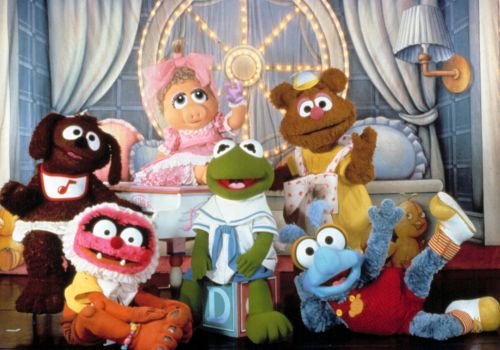
At first glance, The Muppet Show seems like a lighthearted variety show for children, but it was a brilliant commentary on show business, fame, and the absurdity of celebrity culture. Jim Henson’s creation brought together puppets and celebrities in a way that hadn’t been seen before. While kids adored the zany antics of Kermit the Frog and Miss Piggy, adults appreciated the satire and subtle humor woven throughout each episode. The show was, in essence, a playful critique of the entertainment industry.
The Muppet Show was ahead of its time in how it portrayed the absurdity of fame and the backstage antics that occur in show business. It wasn’t just a children’s show—it was a clever satire that gave adults a reason to tune in too. This cross-generational appeal and the subtle nods to the real world of entertainment helped make it a timeless classic.
11. My So-Called Life
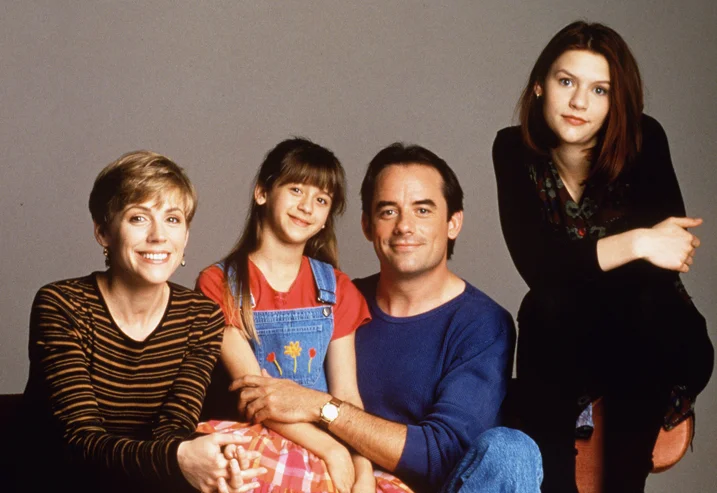
Although it only ran for a single season in 1994, My So-Called Life was the ultimate portrayal of teenage angst. Starring Claire Danes as the emotionally complicated Angela Chase, the show examined the struggles of adolescence with a level of honesty and depth that was rare for the time. It didn’t shy away from the awkward, painful, and awkwardly funny moments that come with being a teenager.
The show’s real power lay in its ability to tackle difficult topics such as identity, family issues, and unrequited love without turning them into melodrama. By presenting a nuanced portrait of teenage life, it resonated with audiences long after it was canceled, influencing future teen dramas like Freaks and Geeks and The OC.
12. Cheers
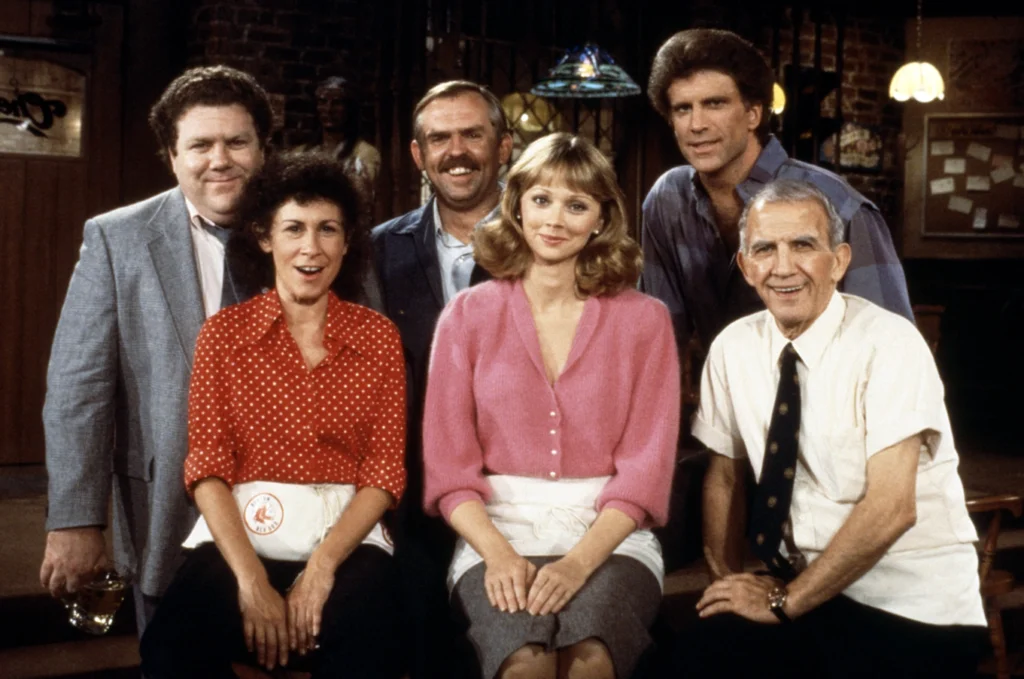
Cheers (1982-1993) is often remembered as one of the most iconic sitcoms of all time, and for good reason—it was a trailblazer in blending humor with deep character development. The show was set in a Boston bar where a group of eccentric yet endearing characters gathered to drink, talk, and navigate their personal lives. What made Cheers ahead of its time was how it managed to balance humor with heartfelt moments, creating a show that was as much about friendship, love, and personal growth as it was about laughs.
The show introduced the concept of the ensemble cast in a way that felt fresh and innovative. Each character, from the charming yet neurotic Sam Malone to the sharp-tongued Diane Chambers, was richly developed and went through personal transformations over the course of the series. While many sitcoms of the era relied on predictable jokes and setups, Cheers broke new ground by allowing its characters to grow, fail, and succeed in realistic, often surprising ways. Its seamless mix of comedy and emotional depth set it apart and paved the way for future ensemble-driven sitcoms like Friends and How I Met Your Mother.


